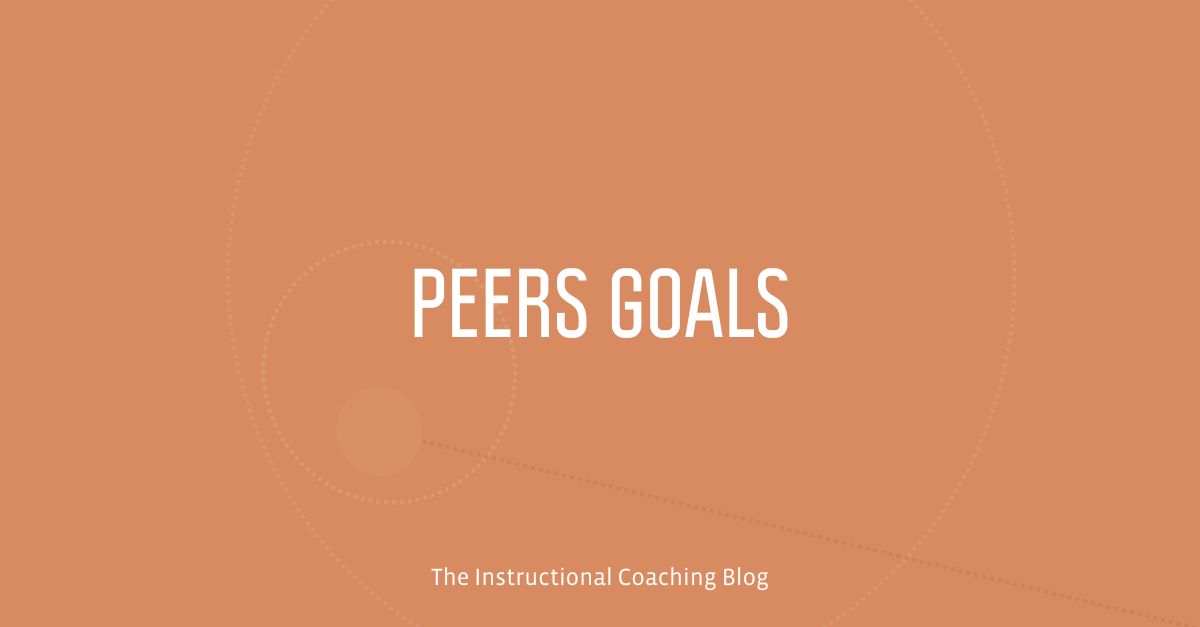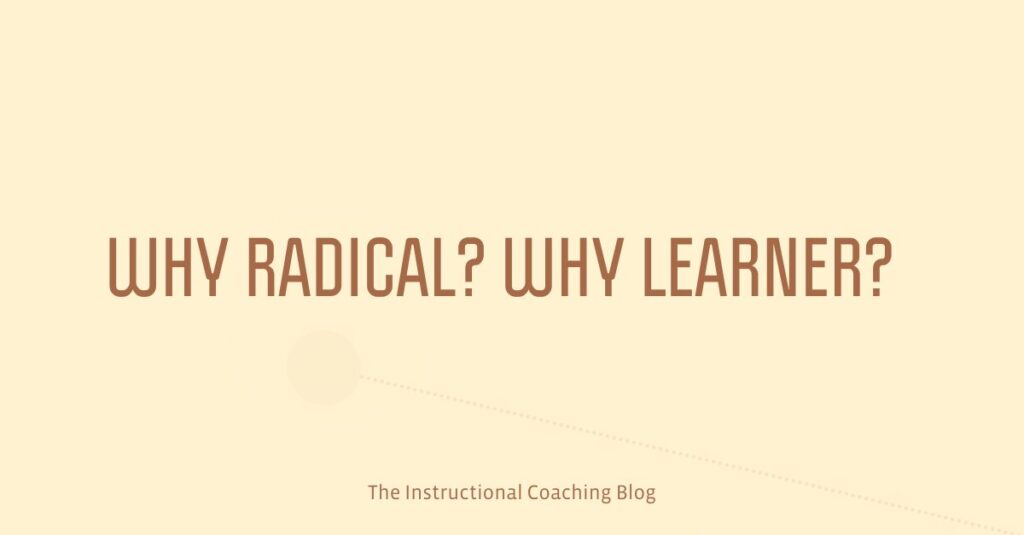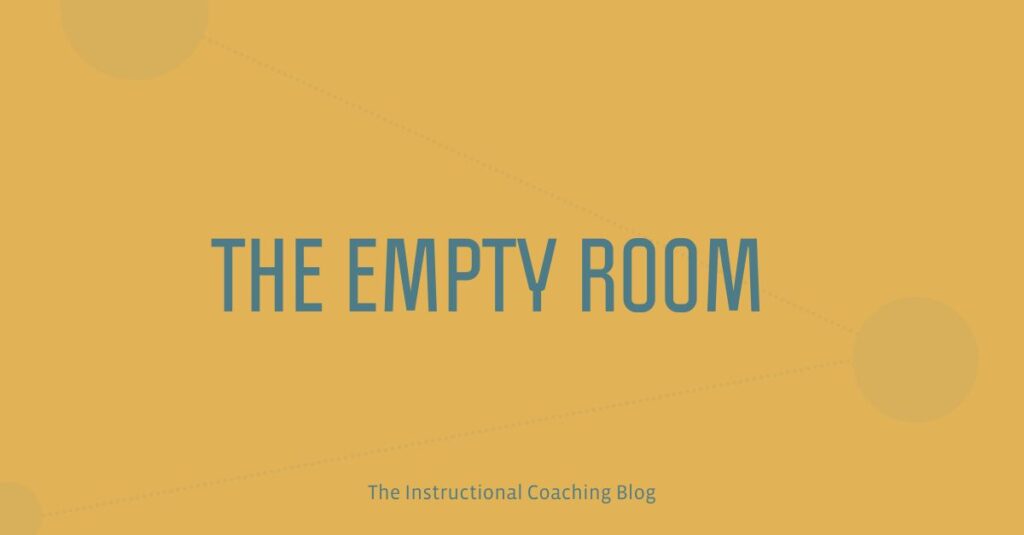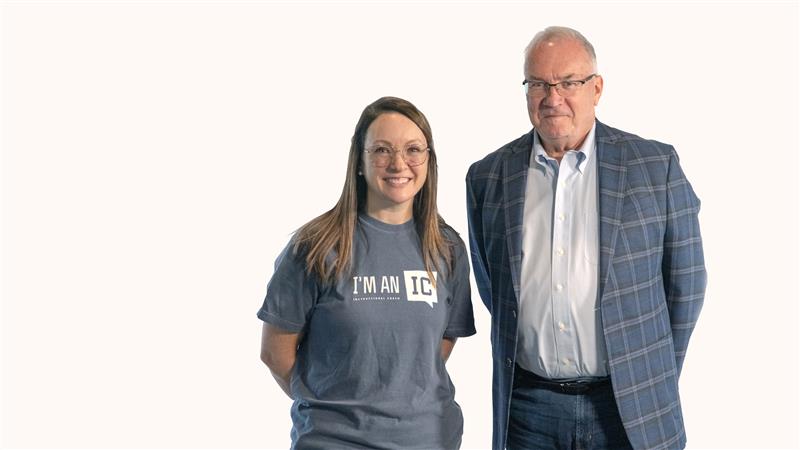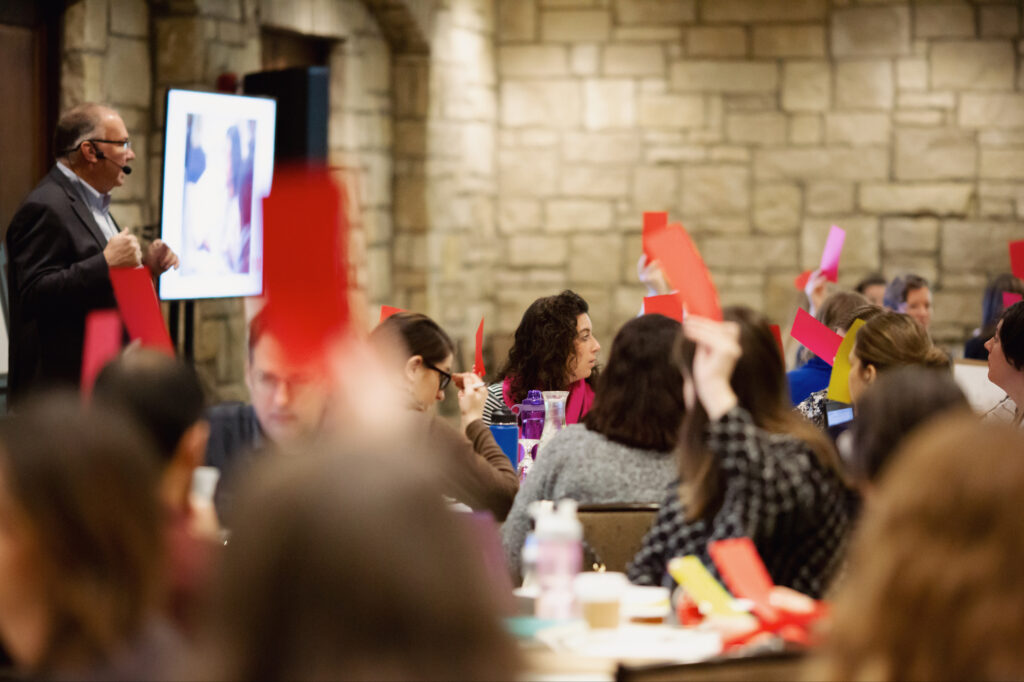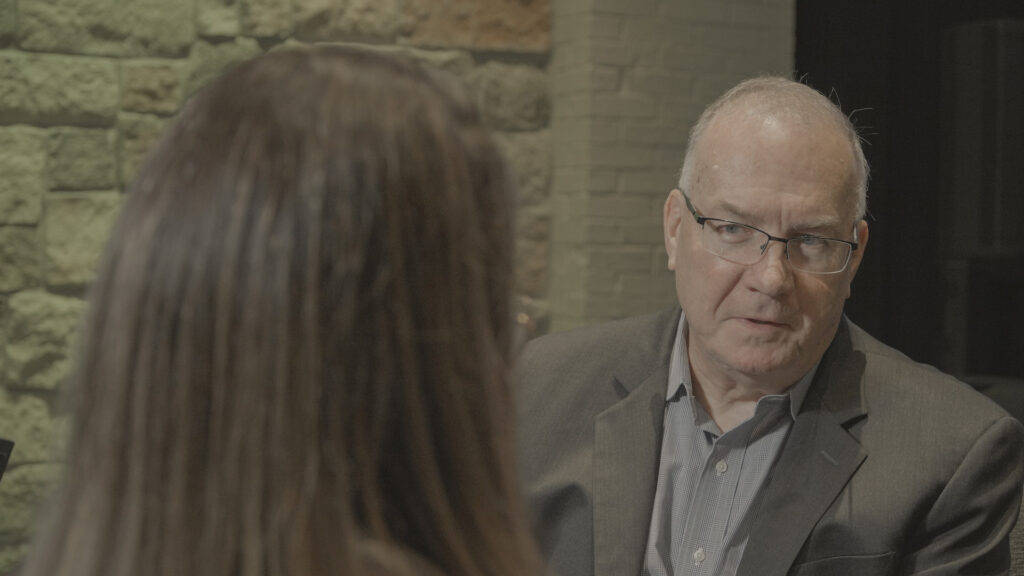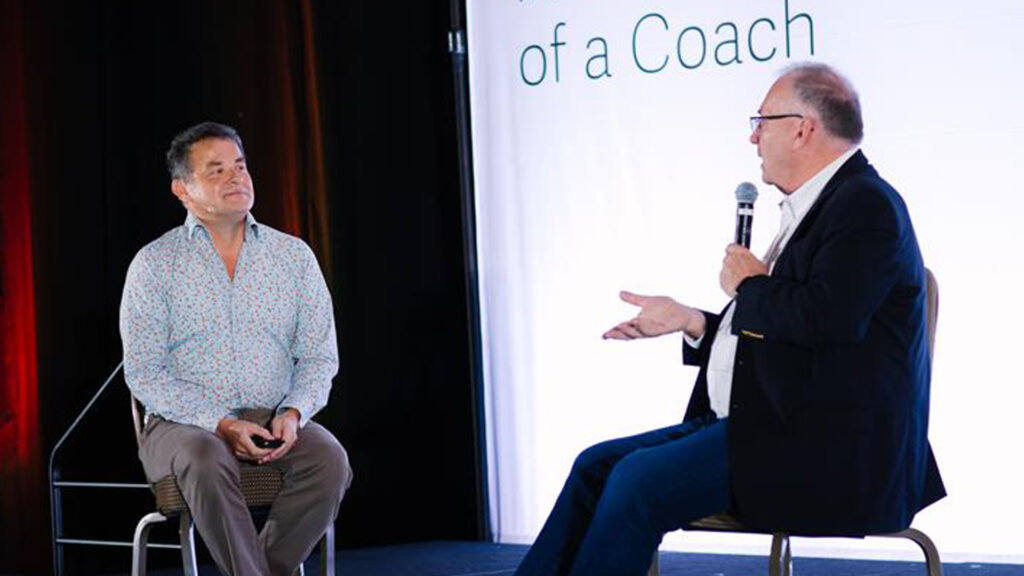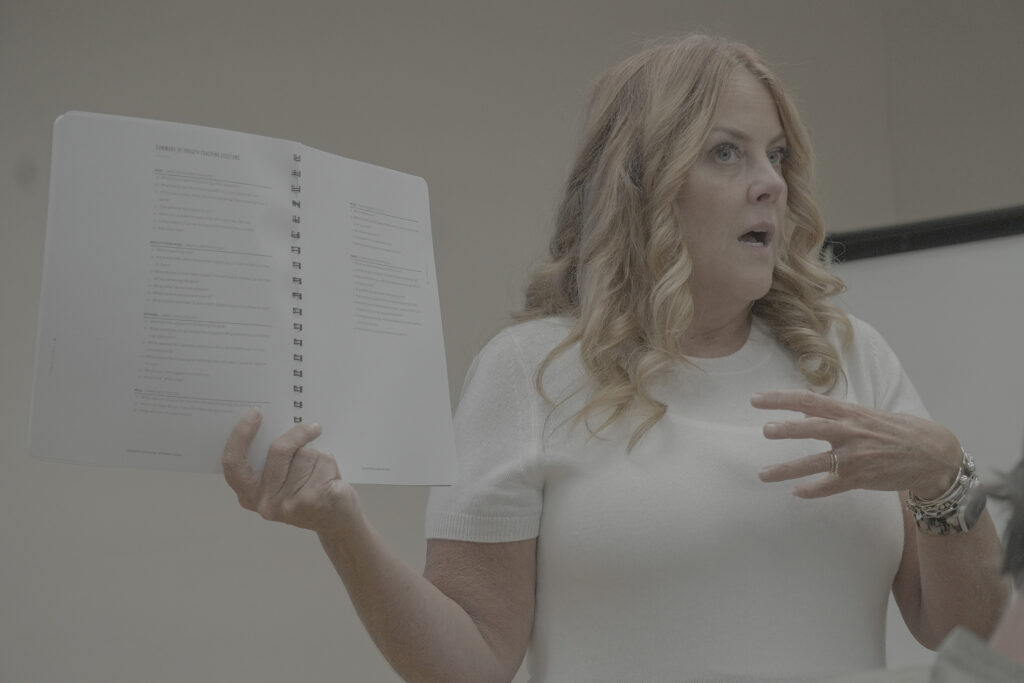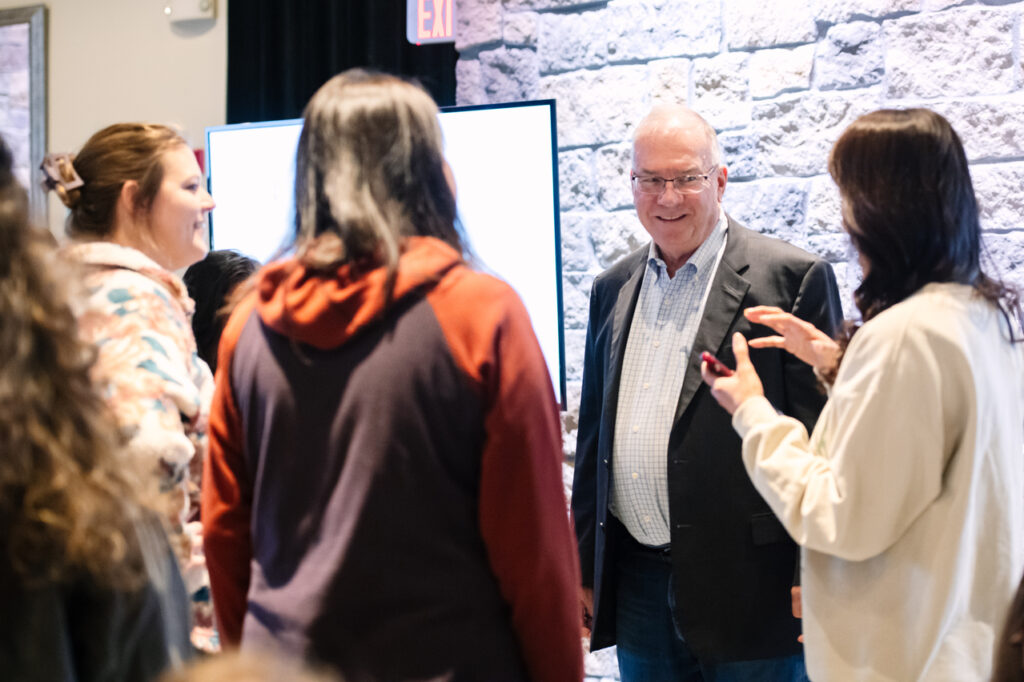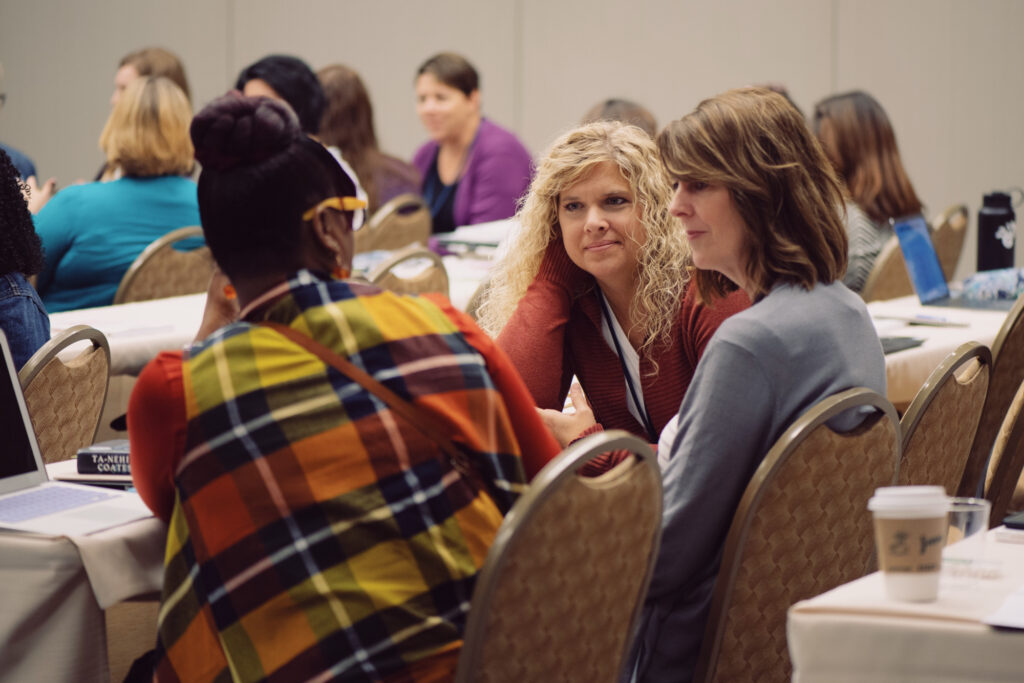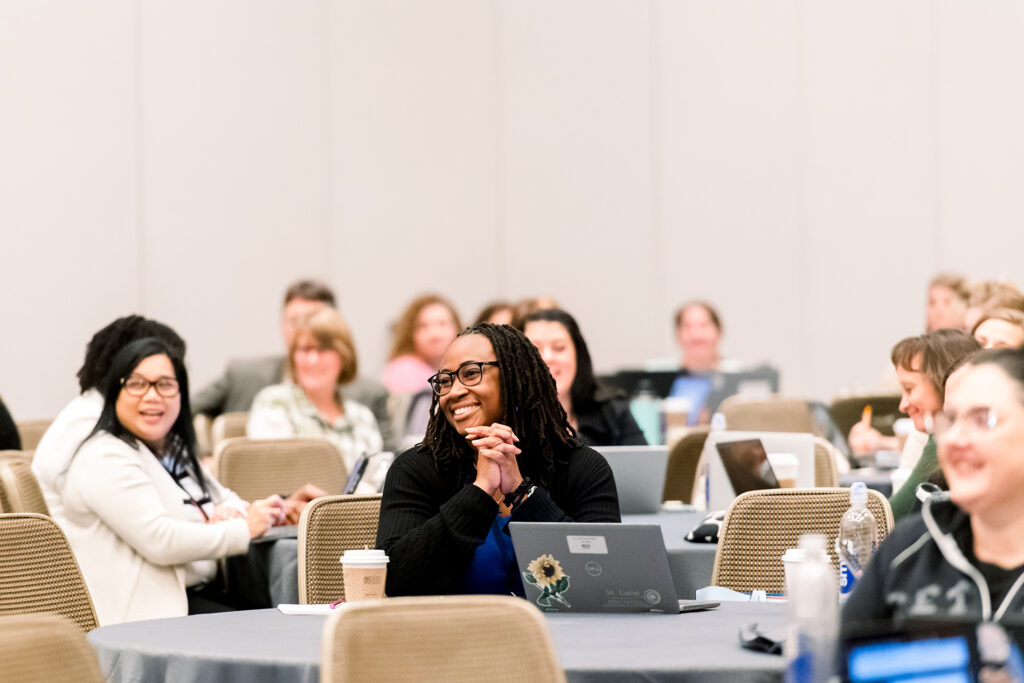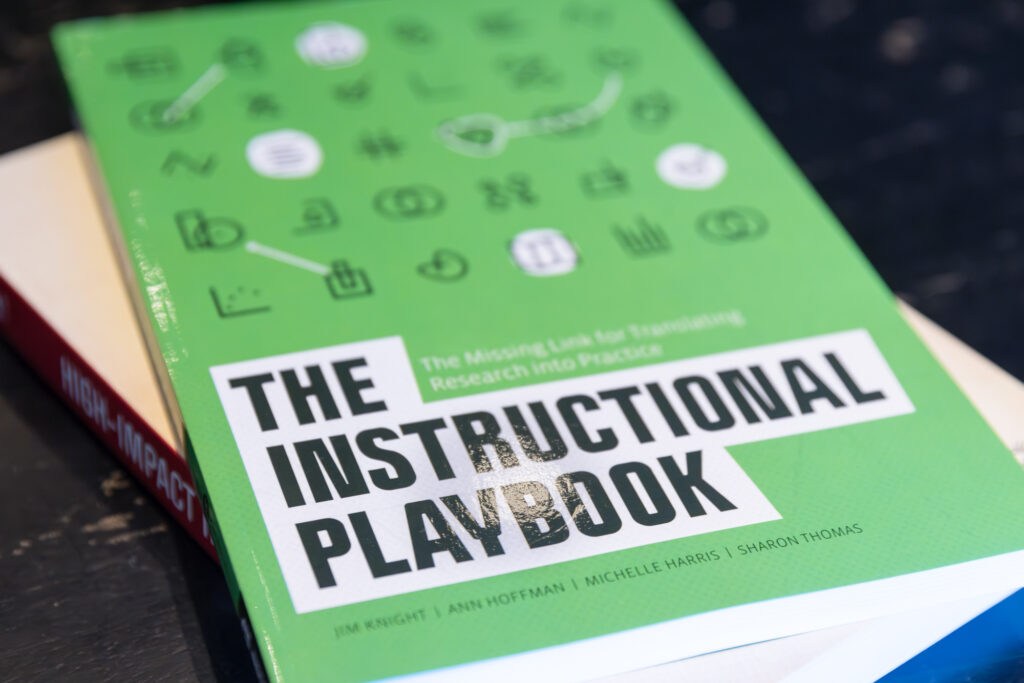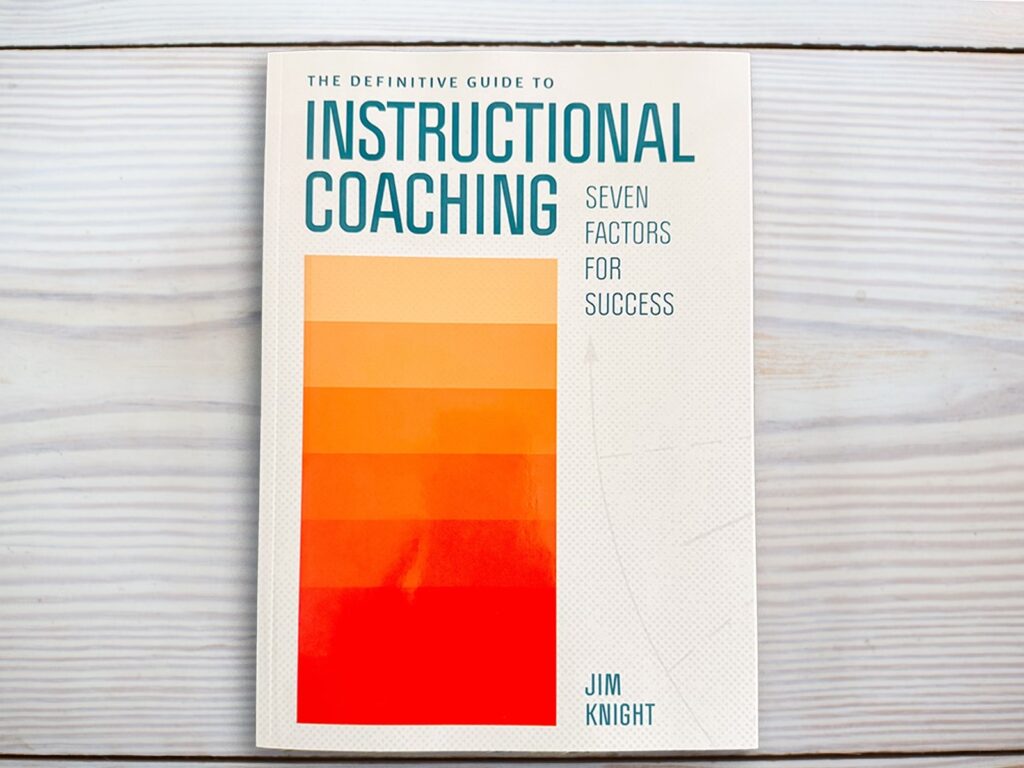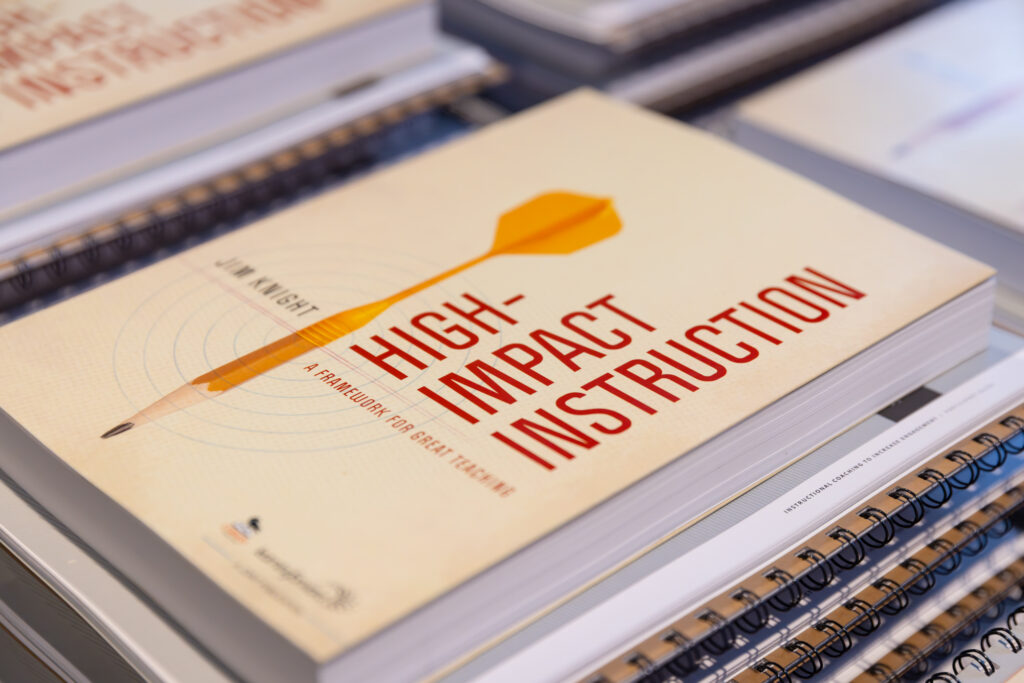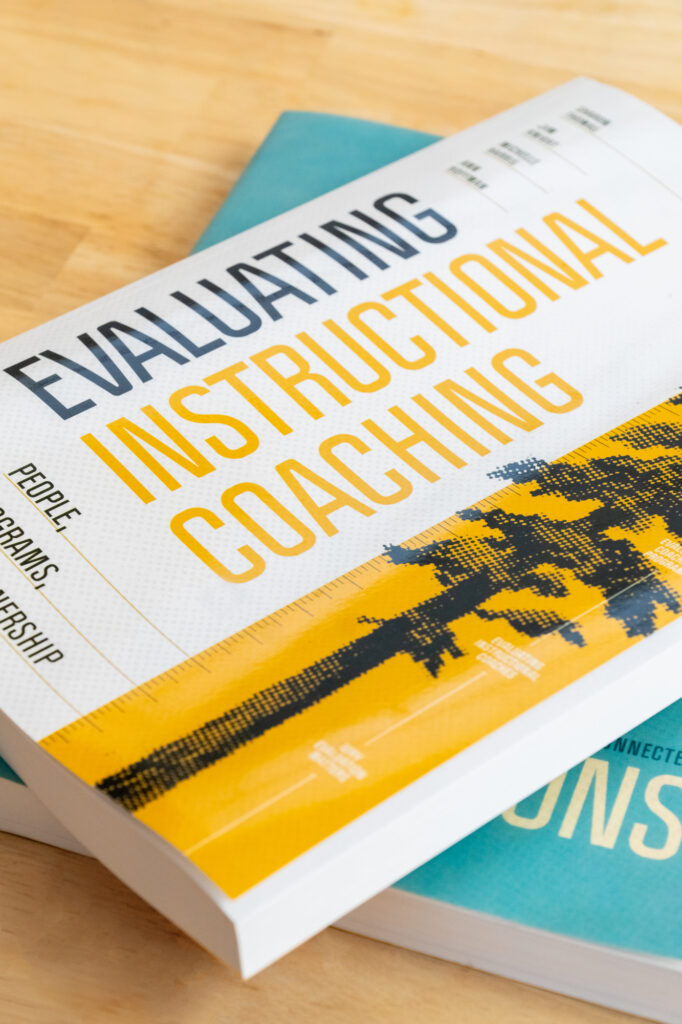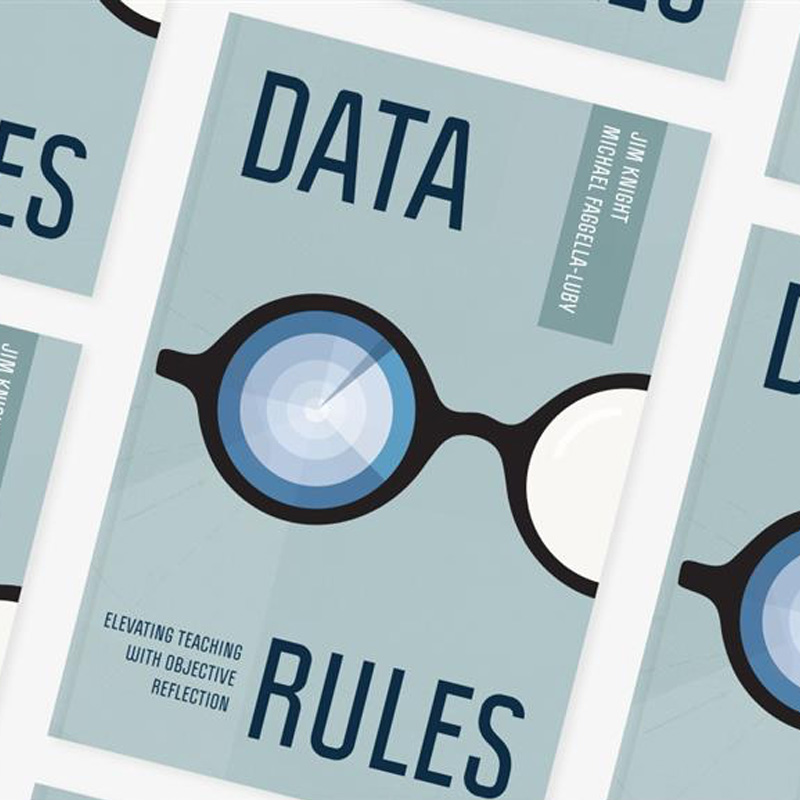Goal setting is an essential part of coaching. Coaches often partner with teachers to set SMART goals, which are variously understood to be Specific, Measurable, Attainable (or Actionable/Assignable), Realistic (Relevant) and Timely (or Time Bound).
I believe teachers and coaches can set better goals if they consider a different acronym, PEERS, which highlights a few additional factors that are very important when setting goals. Teachers that create goals that address the PEERS factors will likely find that their goals will have more impact. I introduced PEERS goals in my book Focus on Teaching, and here I include a slightly modified version of what I first wrote about in that book.
Powerful
People who want to make an important difference in students’ lives should sort through every possible goal by asking a simple question: Will this goal make a real difference in students’ lives? Thus, a teacher might list several possible goals, such as increasing student time on task to 95%, increasing students’ vocabulary quiz scores to a 90% or higher average, decreasing student disruptions to fewer than four per 10 minutes, improving the quality of students’ writing and so forth.
Easy
Powerful goals that are difficult or impossible to implement are not as helpful as powerful goals that are easy to implement. Difficult-to-implement goals, no matter how powerful, often end up on the scrap heap of unrealized good intentions.
The best goals are goals that are powerful and easy, because they have the greatest likelihood of being implemented, and because they provide more time for teachers, who are very busy, to work on other important tasks.
In Influencer: The Power to Change Anything, Patterson and his colleagues explain why easy and powerful goals are so important: “When it comes to altering behavior, you need to help others answer only two questions. First: Is it worth it? … And second, Can they do this thing? … Consequently, when trying to change behaviors, think of the only two questions that matter. Is it worth it? … Can I do it?”
Emotionally compelling
In their book Switch: How to Change Things When Change Is Hard, Heath and Heath suggest that effective goals need to be more than SMART
they need to compel people to action by moving them emotionally.
According to the authors, effective goals “provide a destination postcard—a vivid picture from the near-term future that shows what could be possible.”
Reachable
Teachers and coaches need to consider whether or not their goal, however admirable, is one that can actually be reached. A reachable goal is one that builds hope.
Shane Lopez, a researcher at the University of Kansas and The Gallup Organization, has been described as the world’s leading expert on hope. In Making Hope Happens: Create the Future You Want for Yourself and Others, Lopez writes that hope requires three elements.
First, hope requires a goal that sets out an idea of “where we want to go, what we want to accomplish, who we want to be.” Second, to feel hope, we need agency, our “perceived ability to shape our lives day to day … [our knowledge that] … we can make things happen.” Finally, hope requires pathways, “plans that carry us forward.”
A goal that fosters hope is a goal that has a reasonable chance of being achieved because (a) teachers believe they can achieve it (agency) and (b) it includes a strategy or strategies that can help them achieve it (pathways).
Increasing student achievement by 20% on the state reading assessment is an admirable goal, but it is not helpful unless teacher and coach can identify a strategy that will help them reach the goal. Decreasing non-instructional time from 22% to 5% by teaching students expectations for transitions, for example, is a more effective goal because it shows the destination as well as the pathways that teachers can realistically expect will get them there.
A reachable goal also has to be one that people will know they have reached. That is, as SMART goals have shown for years, the goal has to be measurable; it has to have a finish line.
Student-focused
Finally, effective goals are student-focused rather than teacher-focused. When teachers choose teacher goals (“Let’s use graphic organizers at least twice a week”), they may implement the goal, but have no idea whether or not it made a difference for students. Additionally, no measure of excellence is built into the goal so people may implement the goal poorly and still meet the goal.
A student-focused goal, on the other hand, provides clear feedback on whether or not changes make a difference for students. Additionally, student-focused goals carry with them a built-in measure of quality.
If a teacher ineffectively implements a teaching practice, it is unlikely that he will achieve the goal. The teacher will have to keep refining his use of the practice until he is able to implement it effectively, so that its use can lead to achievement of the goal.
